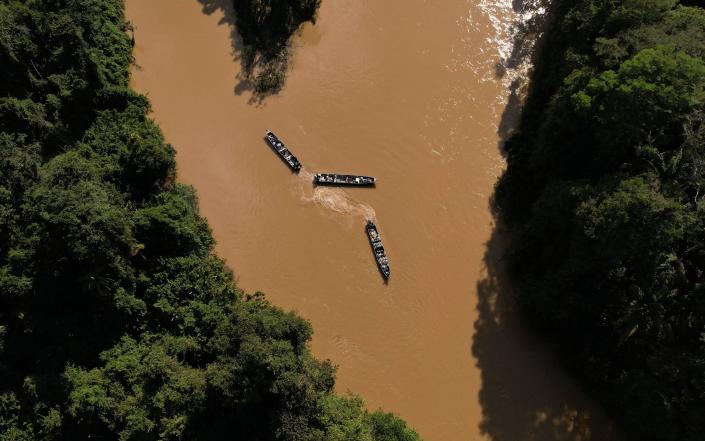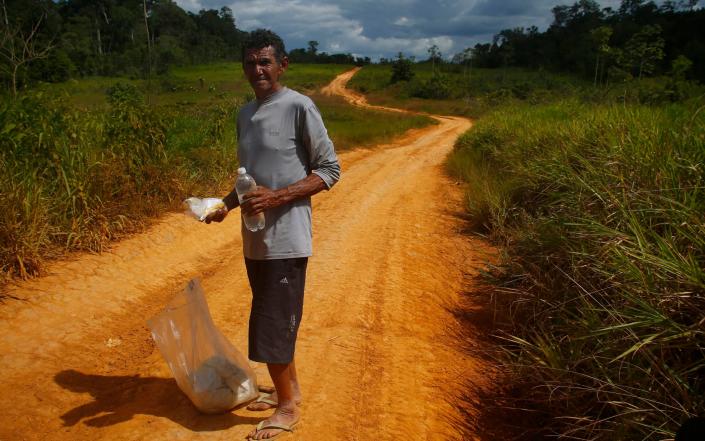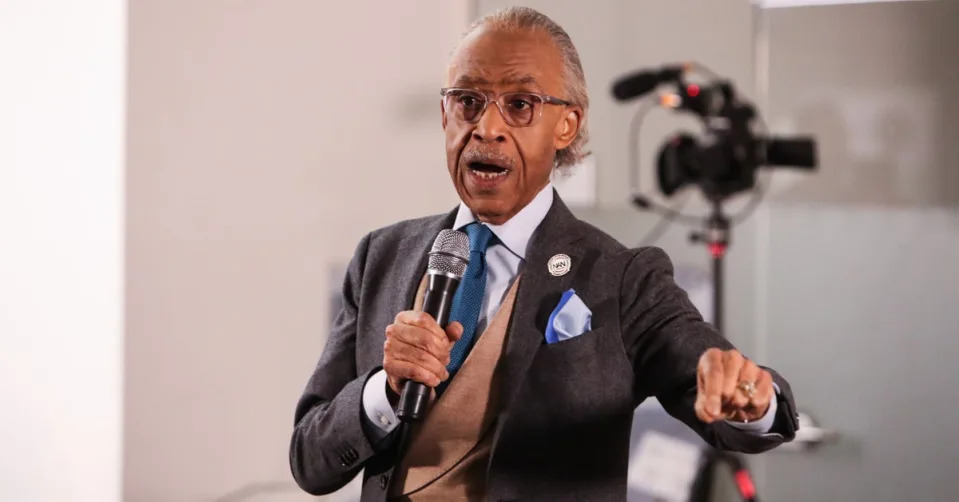
Shweta Sharma
Wed, 8 February 2023
China’s rapid economic development busted the myth “modernization equals Westernisation”, Xi Jinping said in his first policy speech since securing an unprecedented third term as president.
China “achieved a historic breakthrough” and took a “historic leap” to become the world’s second largest economy with the help of Chinese-style modernisation, Mr Xi said on Tuesday, according to state-run Xinhua news agency.
“Chinese-style modernisation breaks the myth of ‘modernization equals Westernisation,’” he said at the meeting.
“Chinese-style modernization has set a good example for developing countries to move towards modernisation independently and provided them with a new choice,” he added.
It was his first major policy speech to top Communist Party cadres and government officials, during which he set out his vision for both the party and the country, in the follow-up of the 20th party congress in October.
It also came a month ahead of China’s annual parliamentary meetings scheduled to take place in Beijing, concluding the power reshuffle announced at the party congress last year.
Mr Xi said innovation must be given top priority in nation building while maintaining a balance between efficiency and equity.
The “ultimate success or failure” of China’s development will directly depend on achieving these goals by sticking to Communist Party’s leadership, he said.
He said Chinese-style modernisation is formed on the principles of world outlook, values, history, civilisation, democracy, and ecology.
China has “created a miracle of rapid economic development and long-term social stability, and opened up broad prospects for the great rejuvenation of the Chinese nation”, he said.
Mr Xi’s comments reinforced his pledge of “self-reliance” and “social fairness” as Beijing faced challenges from Washington’s effort to contain its growth.
US president Joe Biden on Tuesday took direct aim at China’s ambitions to dominate and made similar comments about strengthening domestic industries in his State of the Union speech.
“I will make no apologies that we are investing to make America strong. Investing in American innovation, in industries that will define the future, that China intends to be dominating,” Mr Biden said.
Later, the Chinese foreign minister issued a statement, taking objection to Mr Biden’s comments that were deemed as smearing China.
“China does not fear competing with the US but is opposed to defining the entire China-US relationship in terms of competition,” foreign ministry spokesperson Mao Ning said at a daily briefing on Wednesday.
“It is not the practice of a responsible country to smear a country or restrict the country’s legitimate development rights under the excuse of competition, even at the expense of disrupting the global industrial and supply chain,” Ms Mao said.

















